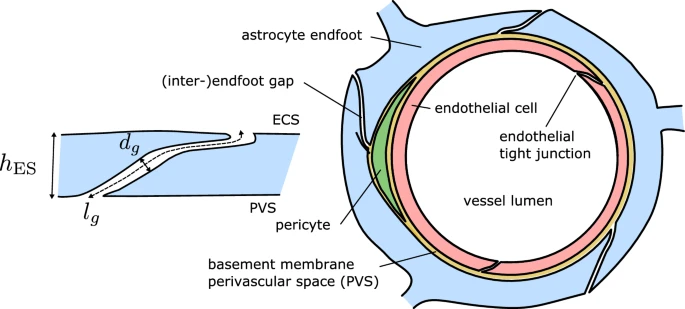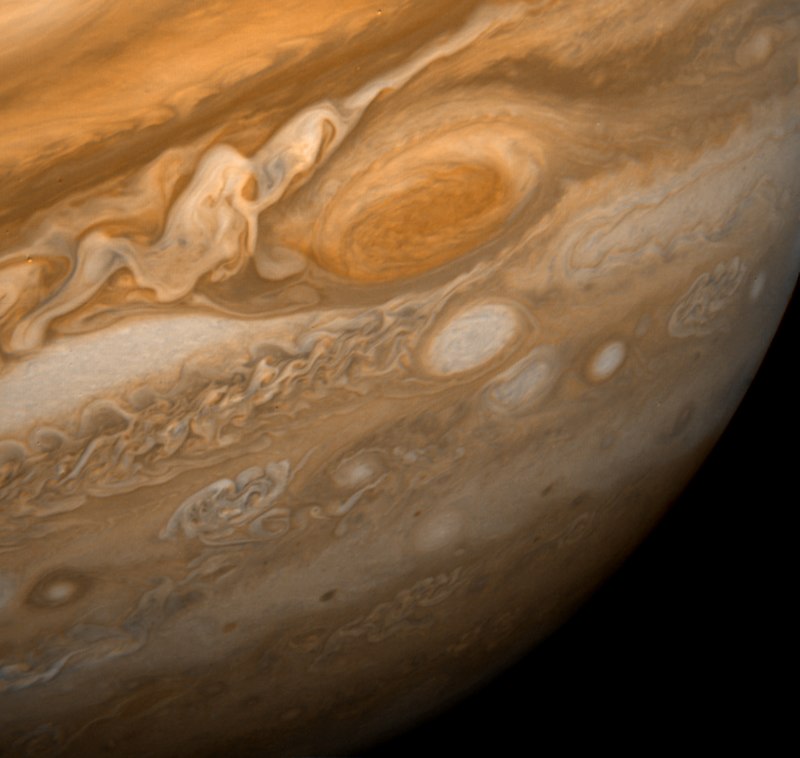Astrocytes: The Key to Understanding Memory Storage in the Brain

Recent research has illuminated the critical role of astrocytes, star-shaped brain cells, in memory storage, as highlighted in a groundbreaking study published in May 2023 in the Proceedings of the National Academy of Sciences (PNAS). This study, conducted by a team of researchers from the Massachusetts Institute of Technology (MIT) and IBM Research, proposes that astrocytes may significantly contribute to the brain's impressive memory capacity, challenging the long-standing belief that neurons alone govern memory functions.
Astrocytes, known for their star-like shape, have traditionally been overlooked in discussions about memory. However, the findings suggest these cells could play a pivotal role in forming complex memory networks. According to Leo Kozachkov, the lead author and a former PhD student at MIT, astrocytes can be envisioned as octopuses with millions of tentacles, wrapping around synapses and facilitating communication between neurons. Unlike neurons, which transmit electrical impulses, astrocytes utilize calcium signaling to relay information, responding to synaptic activity by varying their internal calcium levels and subsequently releasing chemical messengers.
The study proposes a new machine learning model that captures the intricate interactions between astrocytes and synapses, which might explain the brain's extensive memory capabilities. Senior study author Dmitry Krotov, a research staff member at the MIT-IBM Watson AI Lab, emphasizes the importance of understanding these interactions, as astrocytes can connect to thousands of synapses simultaneously, potentially serving as critical mediators in the communication process within the brain.
The implications of this research extend beyond neuroscience. If validated, the model could inform novel therapeutic approaches for neurodegenerative diseases such as Alzheimer's, where astrocyte dysfunction is known to play a significant role. Maurizio de Pittà, an assistant professor at the Krembil Research Institute in Toronto, notes that while the model provides a compelling framework for understanding memory storage, more research is needed to conclusively demonstrate the specific interactions between astrocytes and memory processes.
As scientists continue to explore the complexities of the brain, this study opens the door to a new understanding of memory architecture, emphasizing the need to consider astrocytes in the broader context of cognitive function and potential applications in artificial intelligence. The research suggests that the architecture of astrocytes could inspire the development of energy-efficient memory systems in artificial intelligence that mimic the brain's storage capabilities.
In conclusion, the role of astrocytes in memory storage represents a significant advancement in neuroscience, with the potential to reshape our understanding of cognitive processes and pave the way for innovative treatments for memory-related disorders. Future inquiries will be essential to further explore the intricate dynamics of astrocytes and their contributions to the brain's remarkable capacity for memory storage.
Advertisement
Tags
Advertisement





